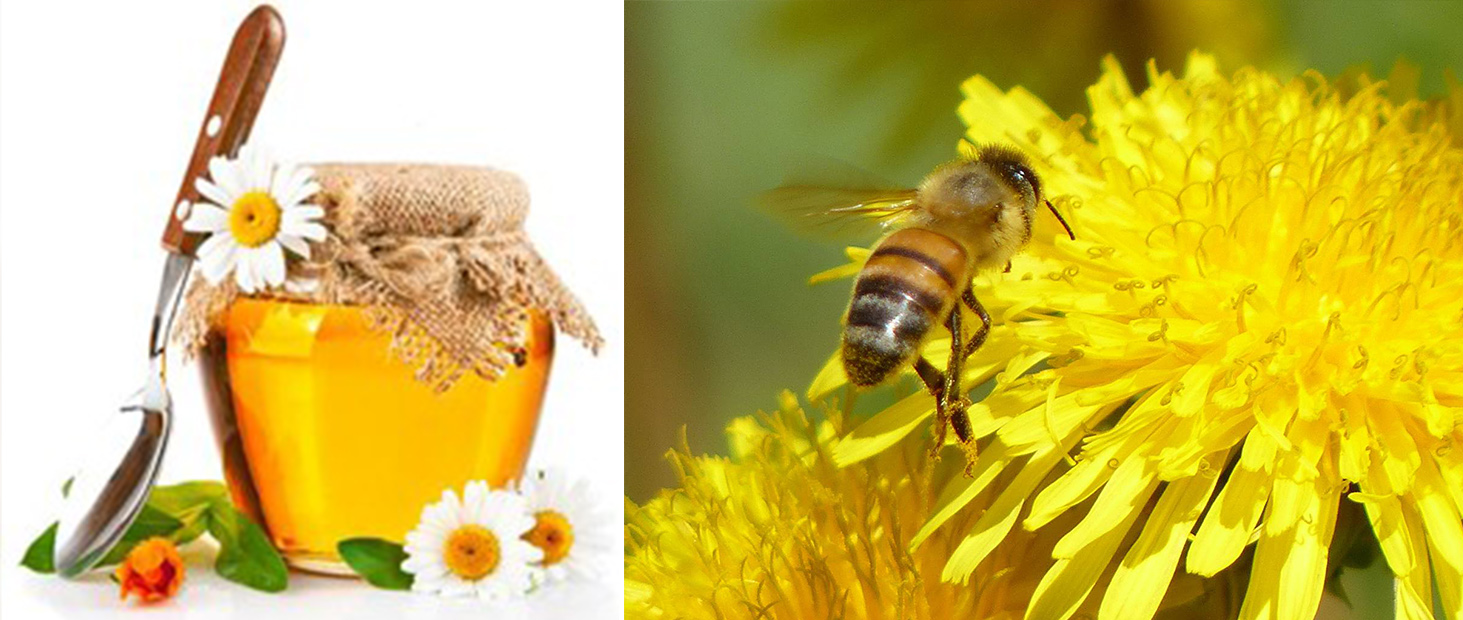Nestled in the heart of the Mediterranean, the island of Crete boasts a rich tapestry of history, culture, and natural beauty. Among its many traditions, one stands out for its profound connection to the environment and the island’s heritage: beekeeping. Traditional Cretan beekeeping is more than just a practice; it’s a way of life that has been passed down through generations, embodying the essence of sustainability and harmony with nature.
A Historical Perspective
Beekeeping in Crete dates back to ancient times, with archaeological evidence suggesting that the Minoans, one of the earliest European civilizations, engaged in the practice. The island’s favorable climate, diverse flora, and geographical features have always made it an ideal location for beekeeping. Ancient Cretans revered bees, associating them with the goddess Artemis and incorporating honey into their diet, medicine, and religious rituals.
The Cretan Honeybee
The Cretan honeybee, known scientifically as Apis mellifera adami, is a unique subspecies adapted to the island’s specific conditions. These bees are renowned for their hardiness, ability to thrive in diverse climates, and resilience to diseases. The symbiotic relationship between the Cretan honeybee and the island’s flora is integral to the quality of the honey produced, which is rich in flavor and nutrients.
Traditional Beekeeping Methods
Traditional Cretan beekeeping is characterized by its use of natural, sustainable methods. Beekeepers often employ woven wicker baskets called “kefalari,” which are coated with a mixture of clay and cow dung to protect the bees from the elements. These baskets are placed in strategic locations to maximize the bees’ access to diverse foraging sites.
Unlike modern commercial beekeeping, which often prioritizes quantity over quality, traditional Cretan beekeeping focuses on maintaining the health and well-being of the bees. Beekeepers practice selective breeding, allowing only the strongest and healthiest bees to propagate. This ensures a robust population capable of withstanding environmental challenges.
Seasonal Rhythms and Practices
Beekeeping in Crete is closely tied to the island’s seasonal rhythms. Spring is a time of abundance when wildflowers bloom, providing ample nectar for the bees. During this period, beekeepers diligently monitor their hives, ensuring that the bees have enough space to store honey and that the queen is healthy and active.
Summer brings the harvest season. Traditional methods involve careful extraction techniques to avoid harming the bees or contaminating the honey. The honey is often harvested by hand, using simple tools that have remained unchanged for centuries. This labor-intensive process is a testament to the beekeepers’ dedication and respect for their craft.
Autumn and winter are periods of rest and preparation. Beekeepers ensure that the hives are well-insulated and that the bees have enough stored honey to survive the colder months. This cyclical process highlights the deep connection between the beekeepers and the natural world, emphasizing the importance of working in harmony with the environment.
The Taste of Crete
Cretan honey is renowned for its exceptional quality and unique flavor profile. The island’s diverse flora, including thyme, sage, pine, and wildflowers, imparts distinctive aromas and tastes to the honey. Each region of Crete produces honey with its own characteristics, reflecting the local vegetation and climate.
The honey is often used in traditional Cretan cuisine, adding a natural sweetness to dishes and desserts. It is also valued for its medicinal properties, believed to boost the immune system and promote overall health. This multifaceted role of honey underscores its importance in Cretan culture and daily life.
Preserving Tradition in a Modern World
Today, traditional Cretan beekeeping faces challenges from industrial agriculture, climate change, and economic pressures. However, many Cretan beekeepers remain committed to preserving their heritage. Efforts to promote sustainable practices, protect local bee populations, and educate younger generations are crucial in ensuring that this ancient tradition continues to thrive.
In recent years, there has been a resurgence of interest in traditional beekeeping, driven by a growing awareness of the environmental and health benefits of sustainable practices. Visitors to Crete can now experience beekeeping firsthand, participating in workshops and tours that offer a glimpse into this time-honored way of life.
Conclusion
Traditional Cretan beekeeping is more than just a method of honey production; it is a living tradition that embodies the values of sustainability, respect for nature, and cultural heritage. By preserving these practices, Cretan beekeepers not only maintain a vital part of their history but also contribute to the health and well-being of the island’s ecosystem. In a world increasingly disconnected from nature, traditional Cretan beekeeping offers a poignant reminder of the beauty and importance of living in harmony with the environment.


